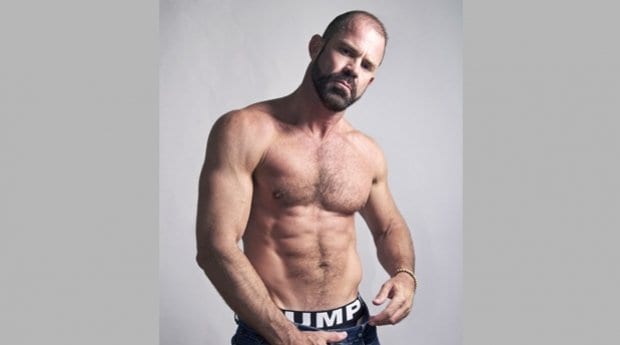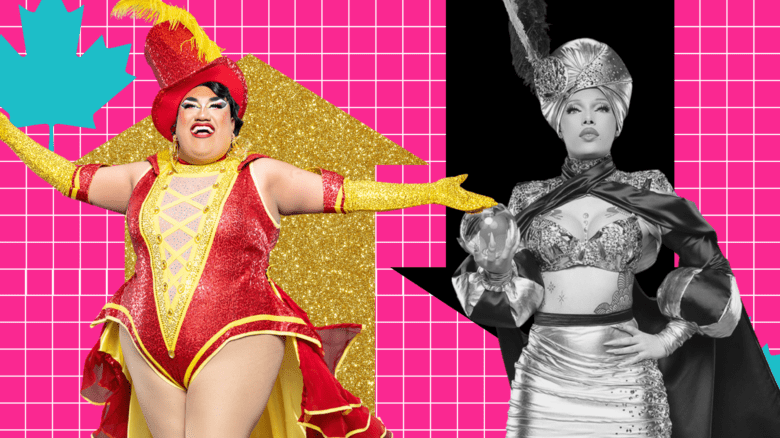Nicolaas is a South African–born New York resident who visits Toronto often. He is turned on by “a man who knows what he wants and is just a little bit on the wild side.” One of the wildest things he has done was join the leather boat in the Canal Parade during Amsterdam Pride: “I was outed to all my colleagues on TV the next day! Don’t regret a thing, though.”
Nicolaas wishes for “a cure for AIDS, more freedom for gay people living in oppressive African countries, and that all my Middle Eastern gay friends can be themselves.” Two of his favourite places to hang out are “Boy’s Town” in Toronto and 9th Avenue in Hell’s Kitchen in NYC, and he has this advice for Xtra readers: “Stand up if you fall down; tomorrow will be a much better day and you’ll not even remember what happened yesterday.”
Instagram: Nicolaassmit

 Why you can trust Xtra
Why you can trust Xtra


